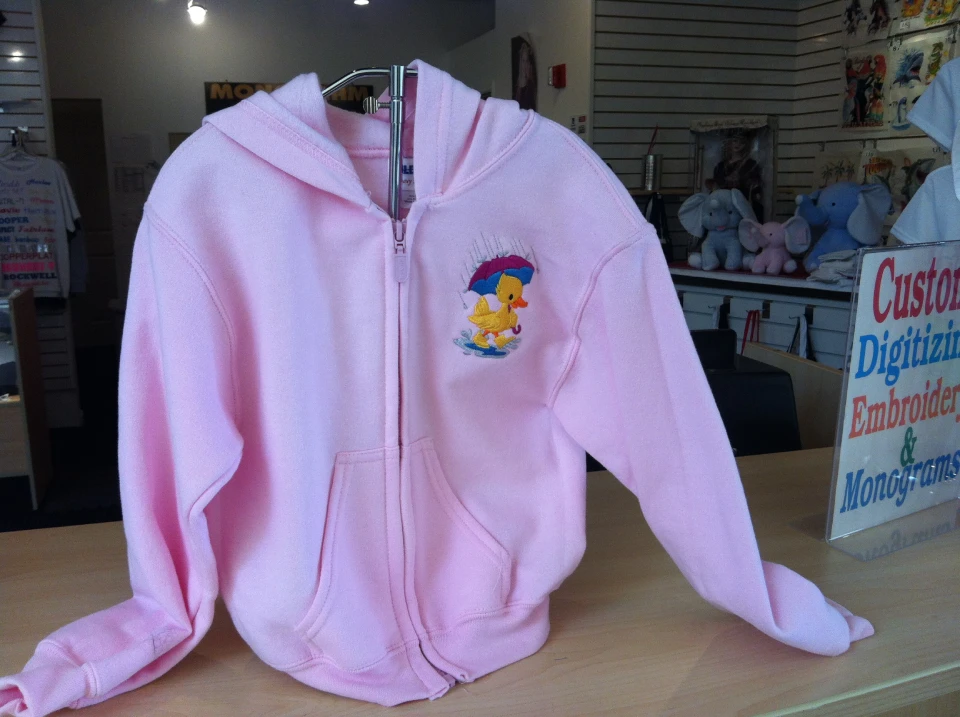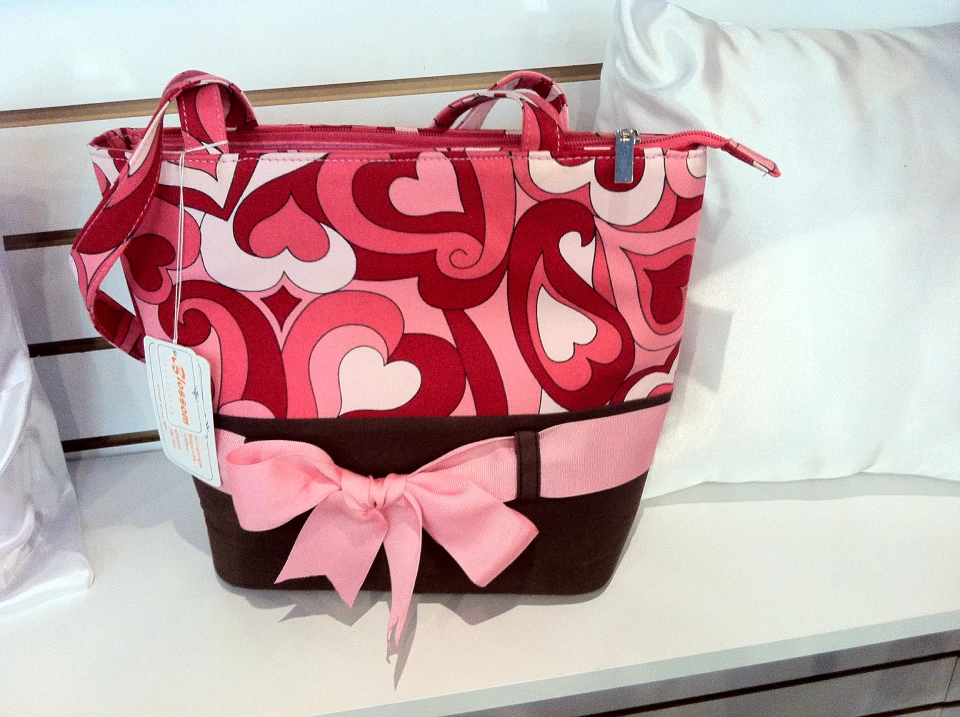Personalized School Uniforms with High-Quality Embroidery Providers
Personalized School Uniforms with High-Quality Embroidery Providers
Blog Article
The Art of Custom-made Needlework: Unlocking the Tricks to Creating One-of-a-kind and Memorable Styles
The secrets to creating custom embroidery layouts that astound the eye and leave a long-term impact lie in a fragile balance of technique, creativity, and attention to information. As we dive right into the world of customized embroidery, we uncover the nuanced interaction in between thread selection, stitch intricacy, and layout customization that raises a mere garment to a job of art.
Choosing the Right Needlework Threads
When picking embroidery strings, what essential variables should you think about to ensure the very best results for your custom-made designs? The option of needlework thread is critical in identifying the last outcome of your stitched design. Among the key considerations is the product of the string. Various products such as cotton, polyester, rayon, and silk provide differing degrees of sheen, durability, and structure. It is necessary to choose a string product that complements the material you are stitching on and aligns with the preferred appearance of the design.
Moreover, the weight or density of the thread plays a significant function in the appearance of the embroidery. Thicker strings can include measurement and texture to your design, while finer threads are optimal for complex information and little message. In addition, taking into consideration the shade fastness and washability of the string is crucial to ensure that your custom designs maintain their quality and vibrancy over time. By carefully assessing these elements and selecting premium threads that meet your specific requirements, you can enhance the aesthetic allure and long life of your stitched productions.
Checking Out Different Stitch Strategies
To dig into the world of 'Discovering Different Stitch Techniques', one must grasp the details and nuances that each stitching approach gives the art of embroidery. Various stitch methods not only include aesthetic interest yet likewise contribute to the general texture and measurement of the style. One preferred stitch method is the satin stitch, which involves very closely packed parallel stitches to develop a smooth and shiny surface area, ideal for completing forms and creating vibrant lays out.
On the various other hand, the backstitch is a versatile method often made use of for describing and including fine details. It entails stitching in reverse to produce a strong line of embroidery. In addition, the French knot stitch adds a responsive aspect to designs, best for creating distinctive accents like blossom centers or attractive touches.
Discovering various stitch techniques allows embroiderers to have fun with light, shadow, and depth within their layouts, raising the aesthetic appeal and artistic quality of their embroidery tasks. By grasping numerous sewing methods, one can unlock unlimited opportunities for developing unique and unforgettable personalized needlework pieces.
Incorporating Personalized Design Aspects
Having explored the intricacies of various stitch strategies such as the satin stitch, backstitch, and French knot, the focus now shifts in the direction of including individualized style elements in custom needlework jobs. Personalized design components play a critical function in making embroidery projects absolutely special and unforgettable.
Another means to integrate customized design components is by including symbols or concepts that hold special meaning to the recipient or show their interests and individuality. For instance, incorporating a favored flower, pet, or hobby-related sign can make the needlework style more meaningful and individualized. Furthermore, choosing colors that reverberate with the recipient or line up with the desired style can better improve the customization of the embroidery job.
Mastering the Art of Color Control

One secret aspect of shade coordination is recognizing color concept. This includes recognizing exactly how various colors interact with each various other, the emotions they communicate, and how they can be integrated to create aesthetically appealing styles. By applying color concept principles, embroiderers can develop harmonious shade schemes that improve the total look of the layout.
Additionally, taking notice of contrast is important in shade sychronisation. Making use of contrasting colors can assist particular elements of the style pop, boost legibility, and produce an lab coats aesthetically dynamic needlework item. By mastering the art of color control, embroiderers can elevate their styles and develop memorable pieces that reverberate with customers and viewers alike.
Enhancing Structure With Advanced Needlework Stitches

French knots, for instance, are excellent for adding little, elevated dots to your design, resembling the look of beads or producing a distinctive surface area. Bullion knots, on the other hand, can be utilized to produce twisted, ropelike components that add an extravagant feeling to the embroidery. Seed stitching includes little, scattered stitches that can load in areas with a multicolor structure, while turkey job develops fluffy, dimensional accents reminiscent of animal hair or vegetation. Trying out these advanced embroidery stitches allows you to push the limits of standard needlework and develop absolutely unique and visually appealing textures in your layouts.
Final Thought
Finally, the art of custom embroidery includes a mix of picking the best threads, exploring numerous stitch techniques, integrating customized design elements, understanding shade sychronisation, and improving texture with innovative stitches. By recognizing and carrying out these crucial elements, embroiderers can create one-of-a-kind and unforgettable designs that display their creative thinking and skill. Embroidery fanatics can unlock the secrets to developing stunning and bespoke items that stick out and leave a long lasting impact.
Report this page